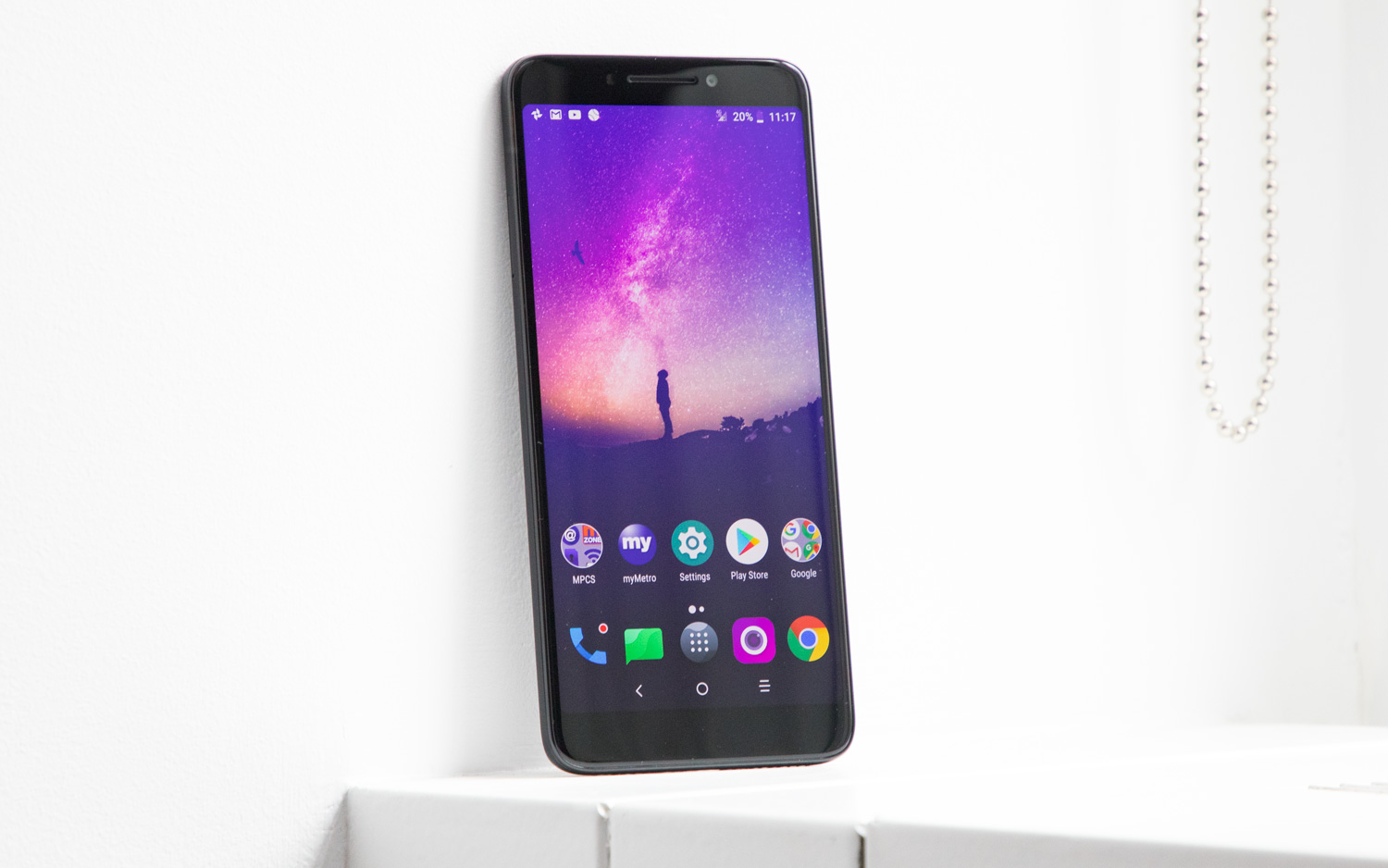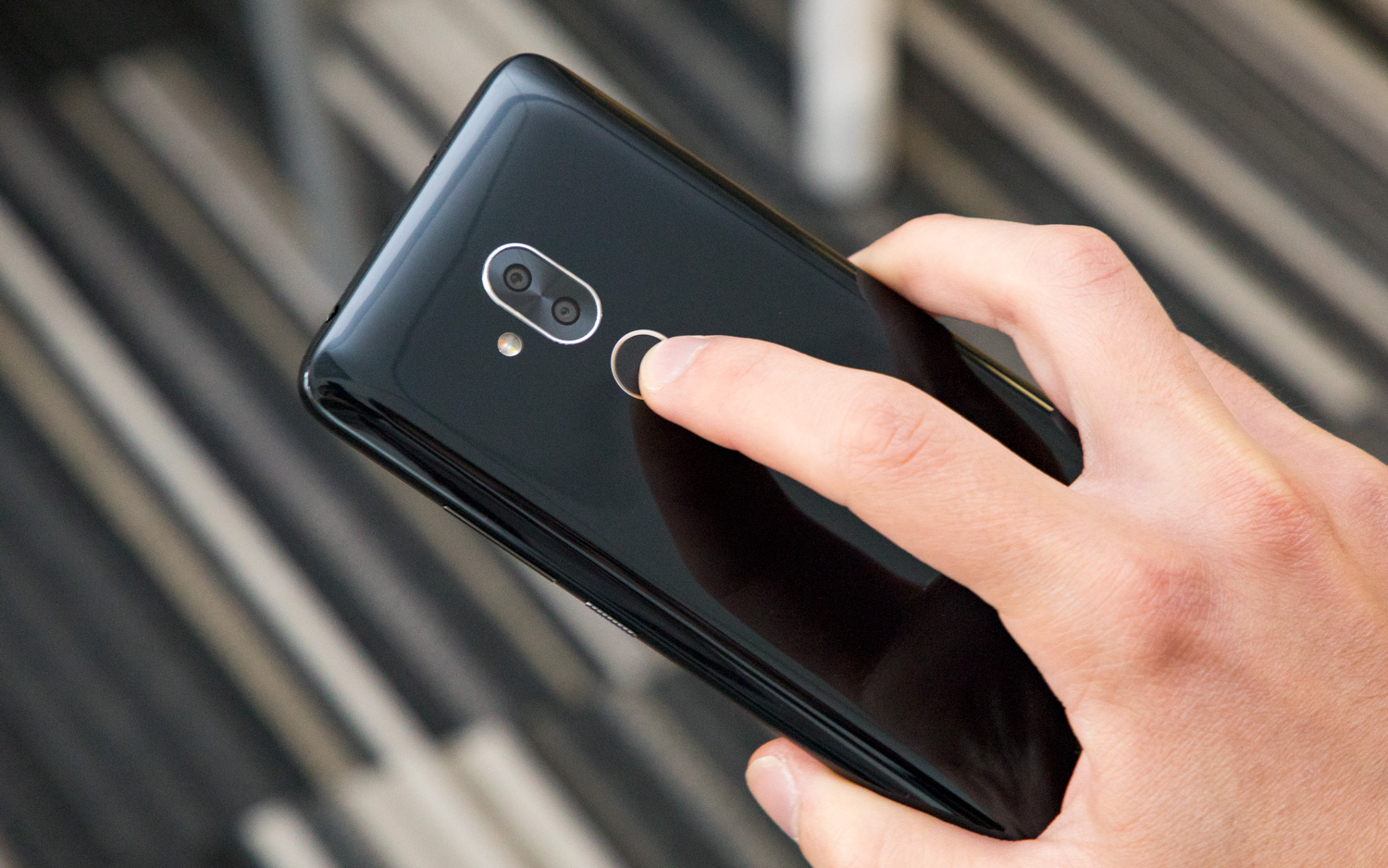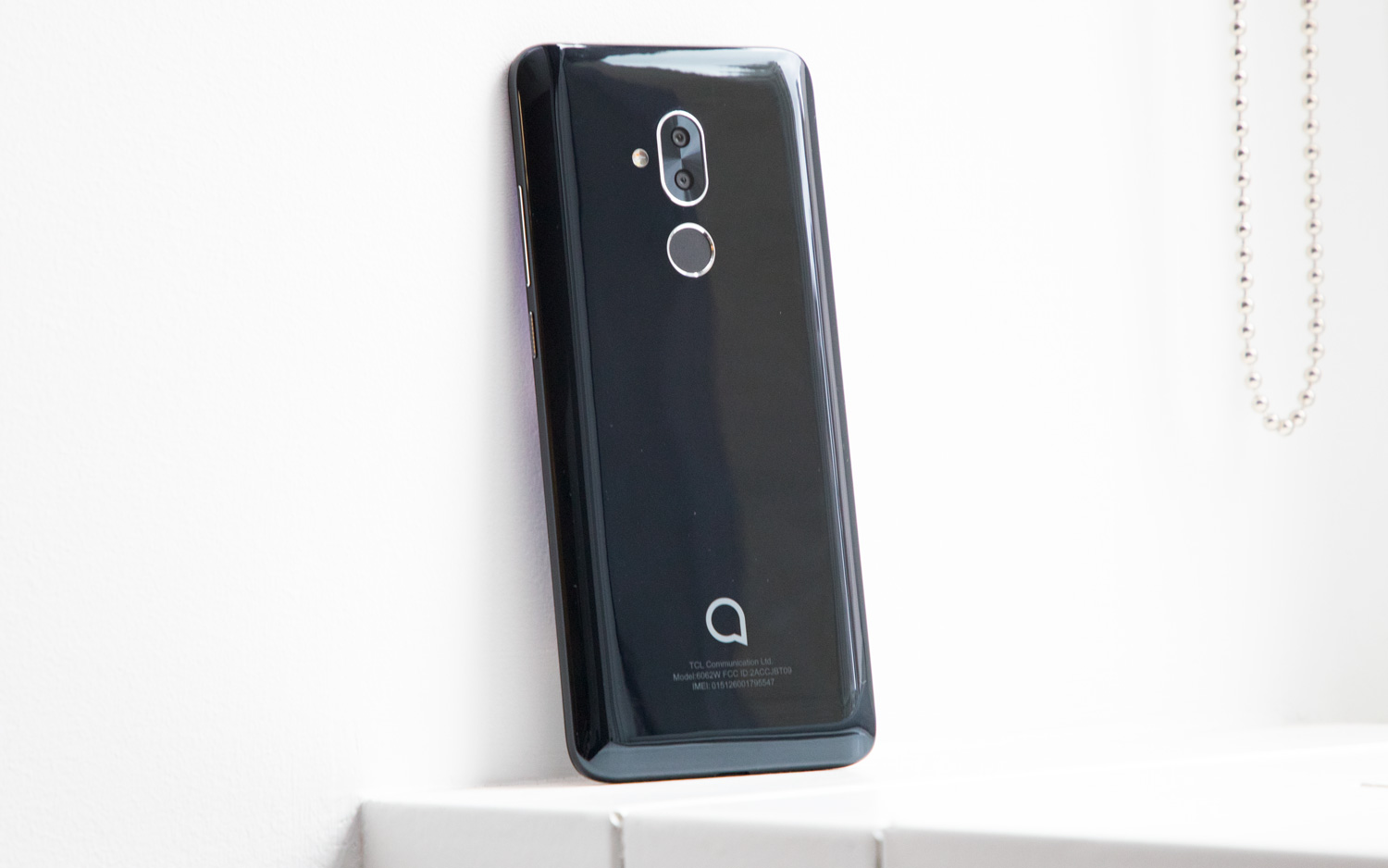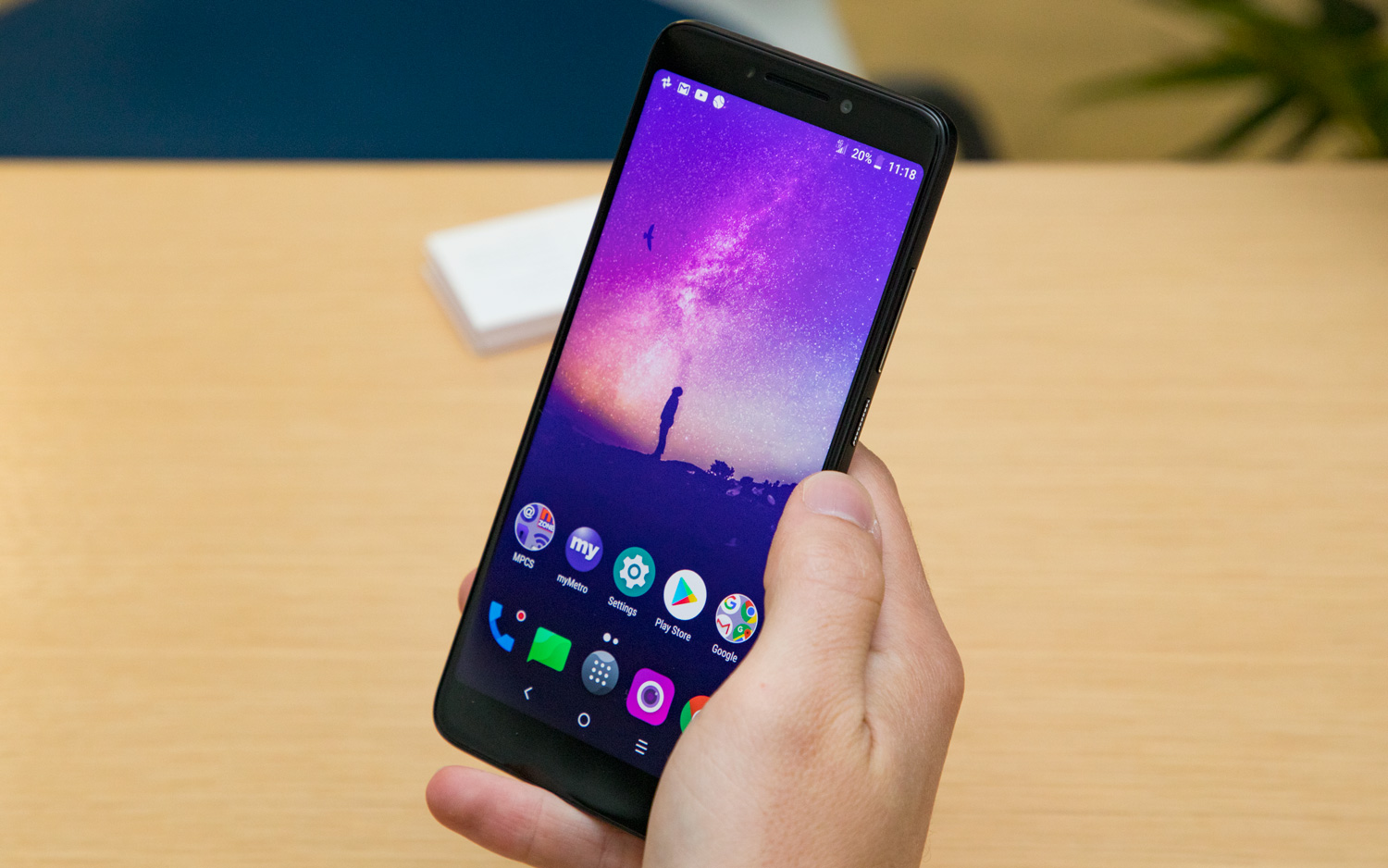Tom's Guide Verdict
Alcatel's latest budget offering doesn't have the design or performance to take on the best budget phones.
Pros
- +
Low price
- +
Long-lasting battery
Cons
- -
Lots of bloatware
- -
Sluggish performance
- -
Cheap design
Why you can trust Tom's Guide
Cheap phones: They're ubiquitous, rarely exciting and often make promises they never keep.
However, they are important, especially when the prices of high-end models continue to skyrocket. In fact, we need good, cheap phones now more than ever.
That brings us to the $179 Alcatel 7. The latest handset from the TCL-owned budget brand offers an 18:9 full-HD+ display, dual cameras and basic facial recognition for those who find fingerprint sensors so 2017. In those ways, you could argue that the Alcatel 7 fulfills all the basic requirements of a modern phone.
Unfortunately, it turns out that the Alcatel 7 isn't one of those devices that belies its attractive price. Rather, it's one that costs so little because it offers so little. And anyone who can afford to spend a bit more shouldn't have any reservations about opting for something like the $199 Honor 7X instead.
Price and Availability
The Alcatel 7 is available exclusively through MetroPCS for $179, though the prepaid carrier's site currently lists it at $29 for those who port their numbers from other networks. Of course, you'll have to commit to a qualifying plan with MetroPCS to get that low price, and the device is SIM locked — so you can't buy one and then immediately ditch the carrier for one of its competitors.
What We Like
A fine-enough LCD display, long battery life and occasionally impressive cameras give the Alcatel 7 a few upsides.
Display: The Alcatel 7's 6-inch LCD display isn't anything special, but it gets the job done. These days, even the cheapest phones have decent screens, and this handset is yet more proof of that.
Get instant access to breaking news, the hottest reviews, great deals and helpful tips.

Alcatel didn't cut corners with the resolution on its latest budget phone. You'll find the same full-HD+ experience you get from much more expensive models, which is definitely a nice bonus. Visibility is also consistent across all viewing angles.

That said, this isn't a particularly bright display, nor a vivid one. At 443 nits, the Alcatel 7's peak full-screen brightness falls well short of the Honor 7X's 510 nits and the smartphone average of 466 nits.
MORE: Best Smartphones - Here Are the 10 Best Phones Available
Color representation is a bit flat too, with the handset able to reproduce only 110 percent of the sRGB color space. That's serviceable among LCD-powered budget devices, but unlike some of Alcatel's competitors, the company doesn't offer different display profiles for more- or less-saturated experiences.
Battery Life: If the Alcatel 7 has one saving grace, it's the phone's battery life. This handset far exceeds the smartphone average of 9 hours and 48 minutes.

It took 11 hours and 3 minutes of loading web pages on MetroPCS' LTE network for the Alcatel 7 to run out of juice. That's thanks to the handset's sizable 4,000-mAh battery, which is quite generous for the phone's low price.
If the Alcatel 7 has one saving grace, it's battery life.
And, in an unusual perk you don't often see on such inexpensive phones, the Alcatel 7 features a USB Type-C port, which supports TCL's Pump Express 2.0 protocol. In theory, that should mean the phone can go from dead to 50 percent in just a half-hour when connected to the stock adapter. However, in our testing the Alcatel 7 reached just 33 percent in that same time period.
Camera: No, the Alcatel 7's 12-megapixel main camera and secondary 2-MP shooter aren't going to produce the kinds of photos that rival Apple's "Shot on iPhone" series.

But I was pleasantly surprised by the quality of the images I captured with this handset.
We put the Alcatel 7 face-to-face with Honor's dual-lens-toting 7X in a photo shoot-out, and the Alcatel 7 actually emerged as the winner in a few key comparisons, like the above shot captured inside our New York office. Honor's handset better exposes the background and avoids blowing out the highlights, but the entire right side of the frame is foggy. The colors are also far too muted compared with what Alcatel's shooter achieved.
A similar result played out when I used both phones to capture some roses in Bryant Park. The Alcatel 7 extracted much more color and texture from the petals and leaves than the Honor 7X did. The warmer white balance is also more true to life.
For the final round, I switched on HDR mode for both phones. And, once again, the Alcatel 7 painted a livelier shot. Things did get unrealistically bright near the ceiling and the light source, but the improved visibility in the shadows, extra pinch of saturation and greatly increased sharpness produced the kind of photo you'd be much more willing to show your friends.
What We Don't Like
For the couple of things the Alcatel 7 gets right, these downsides make it unworthy of your consideration.
Performance: On paper, the Alcatel 7's MediaTek Helio P23 processor should offer performance comparable to the likes of the Moto G6 and Nokia 6.1, two of our favorite sub-$300 handsets. The benchmarks would indicate as much, with Alcatel's offering posting a multicore Geekbench 4 result of 3,604 — well within 300 points of the marks from those other class-leading devices.
As it turns out, however, those tests don't tell the whole story, because the Alcatel 7 is painfully slow in the real world.
Upon seeing the Alcatel 7 for the first time, you'll doubt that something so generic could actually exist in the real world for any reason other than to evoke the vague concept of a smartphone without infringing on any copyrights.
To put it bluntly, this is a phone that operates on its own schedule. Taps are treated like suggestions, not commands. Apps are never in any hurry to open, and the keyboard lingers around for an extra second or two before disappearing when you're done using it. Animations for just about everything — even unlocking the phone — play back choppier than a bad GIF. Sometimes, the phone even hesitates to go to sleep when you press the power button.
MORE: The Most Anticipated Smartphones
This might be a case of bad optimization on Alcatel's part, but the stronger likelihood is that the phone is bottlenecked by its paltry 2GB of RAM. Whatever the cause, there are many other devices in the same price range that perform leagues better, and some even approach flagship-caliber smoothness. In other words, there's no reason anyone should have to settle for such a sluggish experience.
Software: The Alcatel 7 runs a fairly stock version of Android 8.1 Oreo. Normally, that'd be cause for celebration, but being that this is a subsidized carrier exclusive on a discount network, well, we can't have nice things.

MetroPCS has packed loads of bloatware into the Alcatel 7, including its own app store. Thankfully, most of it can be disabled alongside the phone's other preinstalled apps, like streaming service CloserTV, NextRadio and the free version of the WPS Office productivity suite.
To put it bluntly, this is a phone that operates on its own schedule. Taps are treated like suggestions, not commands.
The Alcatel 7 doesn't offer much in the way of exclusive features, but the company's Face Recognition feature does allow you to unlock your phone simply by looking at it. As with other Android devices, this isn't a secure form of authentication like Apple's 3D-aware Face ID tech; Alcatel's system cannot be used to verify payments, nor anywhere other than the lock screen.
I can accept these limitations. The bigger problem is that Alcatel's face unlock is not nearly as fast as those on competing phones. As a result, you'd probably be much better off sticking with the tried-and-true fingerprint sensor.
Design: I struggled to decide whether to write about the Alcatel 7's design in this review, because doing so would imply that it has some — which is debatable.

The Alcatel 7 reminds me of a prop smartphone you might see in a TV spot for car insurance. It's a nondescript, plastic slab with a screen and absolutely no identifiable visual characteristics. And, in that way, it's almost shocking. Upon seeing it for the first time, you doubt that something so generic could actually exist in the real world for any reason other than to evoke the vague concept of a smartphone without infringing on any copyrights.
MORE: When Is Your Kid Old Enough for a Smartphone?
But exist it does, and to be fair, the Alcatel 7 is by no means an offensively designed product. It's just impossibly bland, and considering it's clad head to toe in plastic, it doesn't feel particularly well-built, either.
Alcatel 7 Specs and Price
| Price | $179 |
| OS | Android 8.1 Oreo |
| Screen Size (Resolution) | 6-inch LCD (2160 x 1080) |
| CPU | MediaTek Helio P23 |
| RAM | 2GB |
| Storage | 32GB |
| microSD Slot | Yes, up to 128GB |
| Rear Camera | Dual: 12 MP (f/2.2) and 2 MP (f/2.4) depth sensor |
| Front Camera | 8 MP (f/2.8) |
| Battery Size | 4,000 mAh |
| Battery Life (Hrs:Mins) | 11:03 |
| Water Resistance | No |
| Size | 6.38 x 2.95 x 0.34 inches |
Bottom Line
These days, you don't have to spend much to get a phone that satisfies most of your needs. Finding a handset that actually fails in multiple areas is challenging with Android and iOS being nearly perfected and mobile processors and components more capable than those in some PCs from not very long ago. A decade of market and technology maturation has produced a flood of decent smartphones, and a handful that go above and beyond.
But the Alcatel 7 doesn't fall in either category. It's that rare device that gets far more wrong than it gets right, where even an acceptable camera and superlow price tag can't excuse its anemic performance and myriad other flaws. Spend a little more and nab something like the Moto G6, the Nokia 6.1 or the Honor 7X. You'll save yourself a lot of frustration, and another device will last you much longer.
Credit: Tom's Guide
Adam Ismail is a staff writer at Jalopnik and previously worked on Tom's Guide covering smartphones, car tech and gaming. His love for all things mobile began with the original Motorola Droid; since then he’s owned a variety of Android and iOS-powered handsets, refusing to stay loyal to one platform. His work has also appeared on Digital Trends and GTPlanet. When he’s not fiddling with the latest devices, he’s at an indie pop show, recording a podcast or playing Sega Dreamcast.

